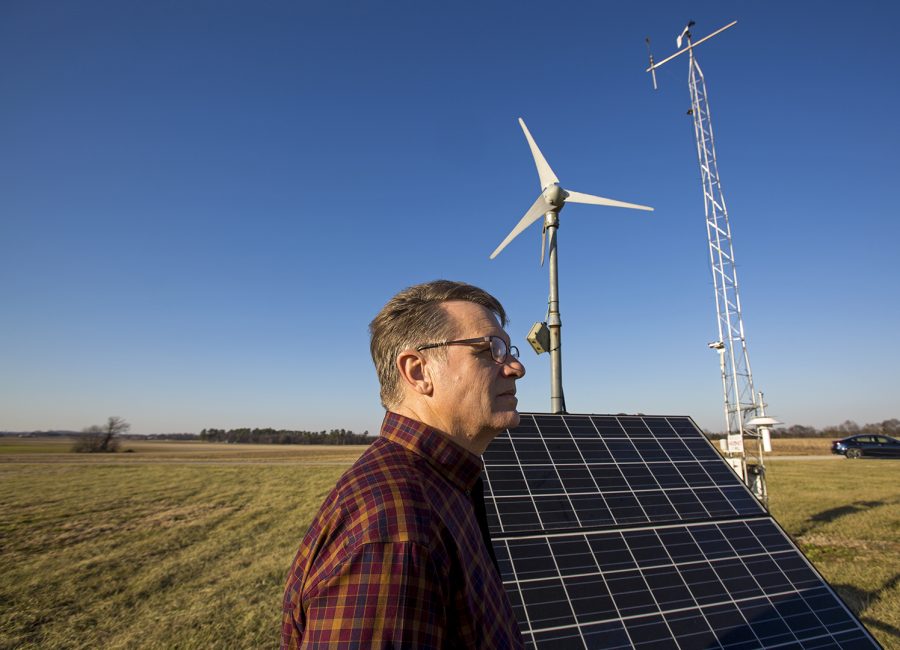Kentucky Mesonet at WKU could lose three quarters of annual funding
January 30, 2018
The Kentucky Mesonet at WKU is just one of the programs under threat if Gov. Matt Bevin’s recently proposed two-year state budget passes.
His proposal could result in a cut to higher education spending by 6.25 percent, as well as the loss of funding to over 70 programs statewide.
Such a cut in funding to the Mesonet would result in a loss of over $750,000 a year, which amounts to three-fourths of their budget.
The Mesonet, a statewide automated weather and climate monitoring infrastructure, began in 2006 with the installment of a federal earmark from the National Weather Service. They were largely funded through one-time funds at WKU, with some funding through the applied research and technology program.
All offices for the Mesonet are located on WKU’s campus in the Environmental Sciences and Technology Building. They still receive a small amount of funding from WKU to employ student workers, but their core operational funding comes from the state.
They began to receive state funding as a result of the last biennial budget, which the Director of Kentucky Mesonet Stuart Foster said was the “big push” they needed.
“State funding helped unlock the value of the network,” Foster said. “It allowed us to be much more aggressive in further developing services for people in communities all across the commonwealth.”
There are currently 69 automated weather stations in 67 counties spread across Kentucky. These weather stations collect detailed weather observations every five minutes throughout the day. Once the data is retrieved and processed, it goes to the National Weather Service office in Kentucky and is put on the Mesonet website.
They also provide information used in agriculture, transportation, classrooms, the energy sector, newspapers and media. It additionally complements the meteorology program at WKU.
“[Mesonet] provides a source of high quality information and data that can help our farmers make better decisions and thus be more competitive within their industry,” Foster said.
It is connected to a larger network of climate centers located all across the country and is part of the National Association of State Climatologists.
John Gordon, director of the National Weather Service in Louisville, said a cut in funding to the Mesonet would be “very detrimental.”
“We use the data every day, especially when there is hazardous weather such as snowstorms and tornadoes,” Gordon said. “Often the Mesonet data is the reason we issue or don’t issue a warning.”
Prior to using the Mesonet data, the National Weather Service had under 20 observations to gather data. Observations are pieces of automated equipment mainly found at airports that provide temperature, pressure and wind speed measurements.
Gordon said data from the Mesonet supplements these observations. It also allows for “very precise, high-quality observations.”
The Mesonet is also looking to upgrade the technology they use to provide even more accurate data, by adding webcams and sending information about pressure readings.
“The weather service’s mission is the protection of life and property,” Gordon said. “The Mesonet helps with that each and every day. Losing it would be detrimental.”
News reporter Emily DeLetter can be reached at 270-745-6011 and emily.deletter304@topper.wku.edu. Follow her on Twitter at @EmilyDeLetter.















